Solutions for
Neuroscience research
Researchers in this field aim to understand the brain mechanisms supporting cognitive and social behavior in humans, and how these mechanisms may be altered in various disease models.
As this often requires bringing together a data of different types, one software to work as an integration platform is ideal. The Observer XT is that platform.
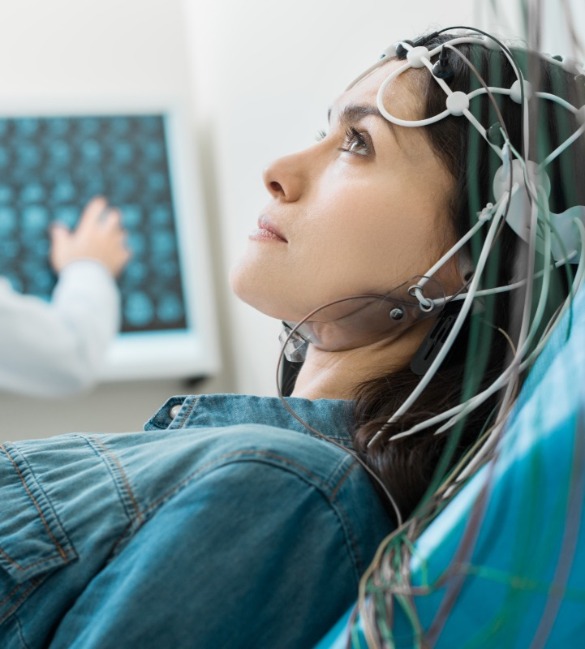
What is neuroscience research?
Neuroscience research is a multidisciplinary field that investigates the structure, function, and development of the nervous system, with a particular focus on the brain. By unraveling the mysteries of the brain, neuroscience research aims to deepen our understanding of cognition, behavior, and neurological disorders.
Through innovative experiments and data analysis, researchers strive to unlock new insights into the fundamental principles underlying the nervous system's complexity, paving the way for advancements in medicine and neuroscience-based therapies.
Integration platform
The Observer XT is a professional research software often used in human neuroscience research. It allows for easy integration of multi-modal data, such as fMRI data, or other physiological measurements such as EEG or EMG, along with manually coded behaviors of interest. For example, synchronizing EEG data with video recordings allows the behaviors of interest to be linked to EEG data points.
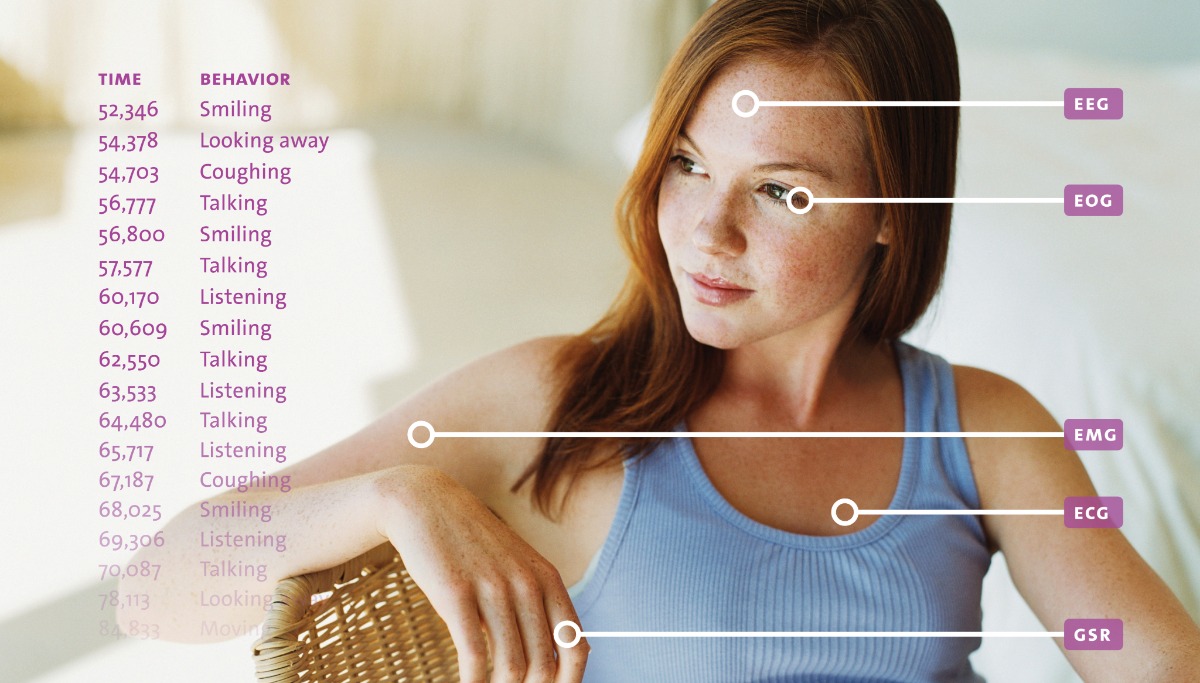
Eye-tracking included
Eye tracking data can also be integrated into The Observer XT. Eye trackers are particularly useful for investigating brain damage, neurological diseases, and general visual and neurological functions.
Combining multiple data streams such as manual event coding, eye tracking, and even facial expression data provides researchers a better overview and understanding of all that occurs during a research session.


“Having the videos directly linked to The Observer XT via Media Recorder along with custom data imported directly into the program, saved us so much time and effort. Most importantly however, the level of support and service has been invaluable and definitely a key point of difference for a product in this space (especially for research which requires various customization).”
Dr. N. Kim-McCormack|Australian National University, Australia
Facial expression analysis
Next, facial expression data can also be integrated into The Observer XT. FaceReader is the most robust tool on the market for automatic analysis of facial expressions. It is used in neuroscience research to assess social behavior, and even as a treatment or diagnostic tool for autism patients.
FaceReader automatically classifies happy, sad, scared, disgusted, surprised, angry, neutral, and contempt, and also provides gaze direction, head orientation, and personal characteristics such as gender and age. To provide further detail, analysis of 20 commonly used facial action units is available.
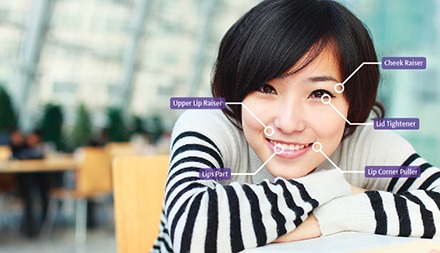
Data integration is essential
Prof. Julien Mercier from L'Université du Québec à Montréal (UQAM) is studying educational research. His lab is looking at refined brain information over time, involving the cognition and the affect of the learner. He states: "Data integration is really where everything begins and ends."
Watch the video to learn more about why he chooses Noldus' tools.
Interesting publications
Diverse scientific articles citing Noldus products are published in renowned journals each week. The following list is only a small selection of scientific publications relevant to the research field of human neuroscience.
- De Meulemeester, C. et al. (2021). Do My Emotions Show or Not? Problems With Transparency Estimation in Women With Borderline Personality Disorder Features. Personality Disorders: Theory, Research, and Treatment. http://dx.doi.org/10.1037/per0000504.
- El Haj, M.; Antoine, P.; Nandrino, J.L.; (2016). More emotional facial expressions during episodic than during semantic autobiographical retrieval. Cognitive and Affective Behavioral Neuroscience, 16, 374-381.
- Hoogeboom, M.A.M.G. et al. (2021). Physiological arousal variability accompanying relations-oriented behaviors of effective leaders: Triangulating skin conductance, video-based behavior coding and perceived effectiveness. The Leadership Quarterly, 32(6). https://doi.org/10.1016/j.leaqua.2020.101493.
Relevant blogs
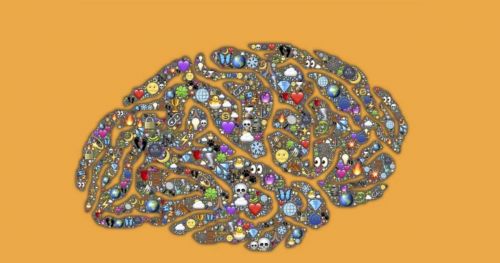
Measuring the creative process
How can you come to better understand what is going on in the creative process? A living lab studying the work of a writer, painter, musician or other creative person might provide the answer.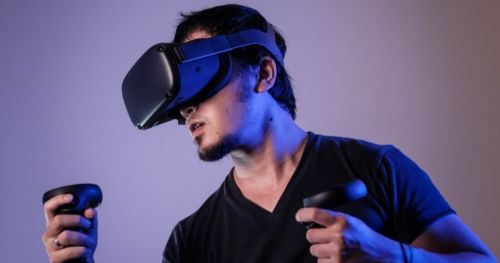
Why use Virtual Reality in Neurosciences?
Virtual Reality may become an easy way to calibrate or standardize complex tasks in immersive environments. How can researchers easily apply VR?
 English
English German
German French
French Italian
Italian Spanish
Spanish Chinese
Chinese